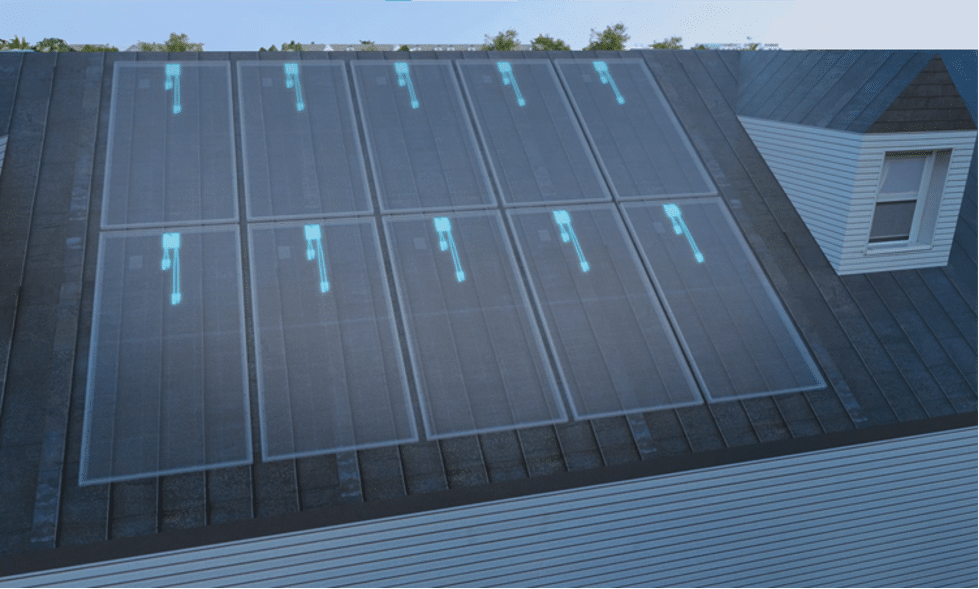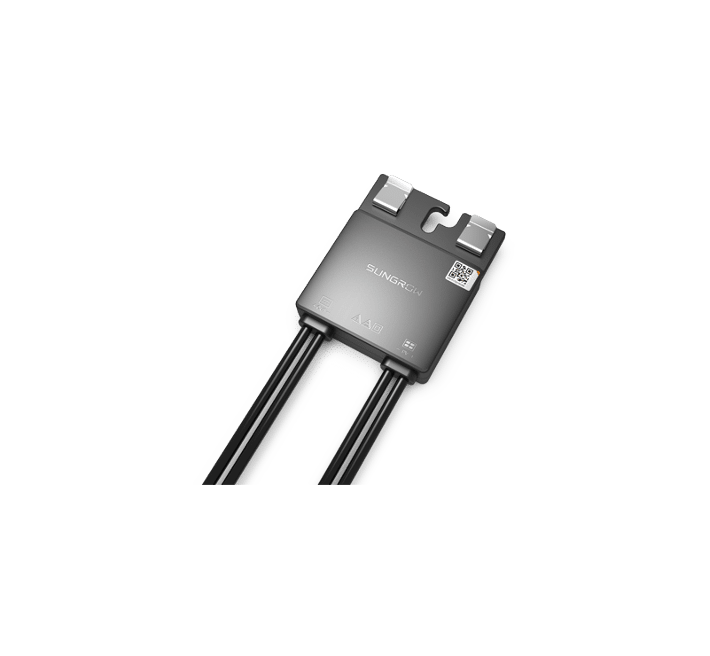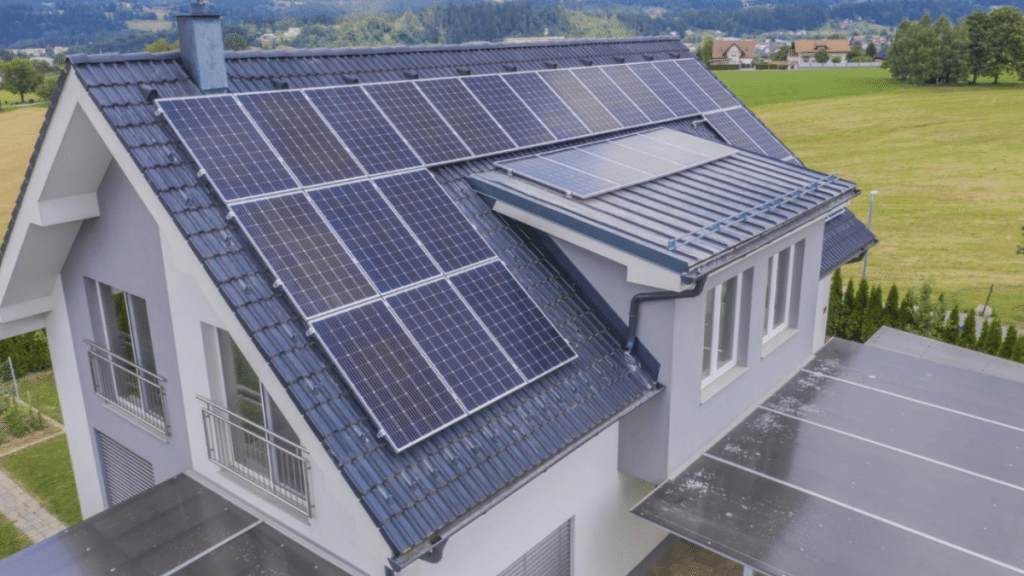Modern solar photovoltaic systems offer a sustainable solution to meet our ever-growing energy demands. But shading from trees, buildings, or other obstructions remains one major issue that plagues PV systems. It often results in losses in energy production. Therefore, exploring viable solutions becomes crucial. One popular option is the PV optimizer (such as those offered by Sungrow).
Solar Panels: Adverse Effect of Shading in PV
When PV modules absorb sunlight, the photovoltaic effect generates direct current electricity. However, partial shading of even a single solar module can significantly reduce the power output of the entire string of modules connected in series. This occurs because solar panels consist of multiple small components called solar cells wired together, and the performance of the entire string is controlled by the lowest-producing cell. Any element shaded translates to lower energy production across all modules due to the current being unable to bypass partially shaded cells. Clearly, this shade effect poses serious challenges, necessitating reliable solutions.
A PV optimizer addresses this issue by maximizing power harvesting at the module level. It incorporates Maximum Power Point Tracking (MPPT) technology to independently track the optimal operating point of each module, regardless of varying conditions across the rooftop. When partial shading occurs on a module, the PV power optimizer ensures unhindered operation of unaffected modules for high energy yields. By isolating modules, it eliminates the “weakest link” vulnerability of strings.
Top 7 Reasons to Use a PV Optimizer
Optimizers are an indispensable tool that enhances and maintains PV system performance. Here are some key reasons to consider their adoption:
Increased Energy Harvest
By mitigating losses due to shading, optimizers unlock trapped solar potential in modules. This translates to 5-30% more energy production over the lifetime of a PV system.
Reliability and System Performance
Separating modules with built-in safeguards offers consistent energy delivery. Individual fault diagnosis ensures high service continuity with minimal downtime.
Safety
A PV optimizer incorporates rapid shutdown technology, reducing modules to safe voltage limits within 20 seconds for improved worksite safety during installation and maintenance.
Future-Proofing Investments
Modular optimizers cater to flexible system expansion while maintaining optimal performance of existing infrastructure with changing conditions over decades of operation.
Environmental and Corporate Social Responsibility
Maximizing the use of solar energy reduces the carbon footprint. Replacing fossil fuels with environmentally friendly electricity is also in line with the social responsibility to use natural resources sustainably.
Easy to Install
Streamlined designs are installed in one-third the time of traditional systems. Plug-and-play modules simplify assembly.
Cost Savings
From the first day of installation, the higher throughput begins to gradually offset the cost of the hardware. The longer you use a PV optimizer, the more you will benefit from it.

FAQs About PV Optimizers
Perhaps some readers are still unfamiliar with these solar power optimizers. Here are some questions people often ask:
What is the Difference Between MPPT and Optimizer?
MPPT refers to the algorithm that extracts maximum power, while a PV optimizer is a physical device embedding MPPT at the module level.
How Many Solar Optimizers Do I Need?
The number of PV optimizers equals the number of modules in a system to isolate each string.
How Long Do Solar Optimizers Last?
Reliable PV optimizer solutions are designed to operate efficiently for 25+ years, outliving modules and exceeding inverter lifespan.
Product Highlight: Sungrow’s Optimizer SP600S
Sungrow is a leading global inverter solution supplier in the PV industry. With strong R&D capabilities, the brand has provided innovative products and services for over 25 years. Its Optimizer SP600S offers module-level string monitoring and control. As the industry leader in solar technology, Sungrow designed this PV optimizer with advanced features to maximize power generation under varying conditions. Its key features and advantages include:
- More Production: Independently tracks the optimum operating point of each module to increase total system yield by up to 30%, even under partial shading, through industry-leading Shade-Proof technology.
- Flexible Design and Easy to Install: The optimizer is lightweight and compact, and with a patented structure, installation time can be saved by more than 45%. It can adapt to modules positioned at different angles and directions on rooftops.
- Safe and Reliable: Integrates rapid shutdown function to safe voltage limits of below 30V within 20 seconds for safety during maintenance. Houses controller and DC circuitry in a sealed enclosure with IP68 and C5 anti-corrosion rating.
- Delicate O&M: Enables real-time monitoring of module-level performance metrics. Facilitates fast diagnosis and decision-making via 10-second data refresh rate and IV curve scans.

Conclusion
As the worldwide energy transition gathers pace, solar power continues to power communities sustainably. While shading remains an obstruction, PV optimizer solutions like the SP600S from Sungrow help overcome this challenge of harvesting more power from the sun. Sungrow also offers RSDs (Rapid Shutdown Devices), micro-inverters, and other MLPEs (Module-Level Power Electronics) that excel in both residential and commercial PV systems. If you are seeking enhanced returns, greater bankability, and reduced carbon footprint, consider visiting their website for further solutions to accelerate the world’s global renewable vision.

